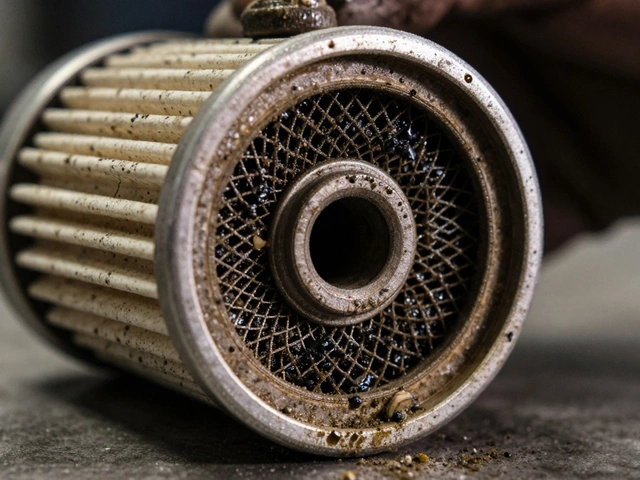Filter Maintenance: Simple Tips to Extend Your Car’s Life
Filters are the unsung heroes that keep dirt, dust and debris out of your engine and cabin. When they’re clean, your car runs smoother, burns less fuel and lasts longer. Skipping filter checks may save a few minutes, but it can cost you big bucks in repairs down the road.
Why Regular Filter Checks Matter
Every filter in a vehicle has a purpose. The air filter stops dust from entering the combustion chamber, protecting pistons and valves. A clogged air filter forces the engine to work harder, which raises fuel consumption and emissions. The fuel filter catches contaminants before they reach the injectors, so a blocked filter can cause misfires, stalling or even a total engine stop.
Oil and cabin filters are just as important. A dirty oil filter lets grime circulate with the oil, wearing down bearings and shortening engine life. The cabin filter keeps pollen and pollutants out of the interior, making every drive more comfortable, especially for allergy sufferers.
Most manufacturers recommend checking filters every 12,000‑15,000 miles, but real‑world driving often calls for more frequent inspections. Dusty roads, short trips, and heavy traffic all accelerate filter wear. Spotting a problem early means a cheap replace‑and‑go instead of a costly overhaul.
Easy Steps to Maintain Every Filter
1. Know the locations. Open the hood and locate the air intake box—usually near the front of the engine. The fuel filter is often under the car or on the frame rail. Oil and cabin filters are tucked away in the engine bay or under the dash. A quick glance at your owner’s manual will give you exact spots.
2. Visual inspection. Pull the filter out and look at it. If you see a layer of dark dust or debris that covers more than half the surface, it’s time for a swap. A brand‑new filter looks white or off‑white and feels light.
3. Use the right replacement. Stick to the filter model your car was built for. Premium filters can offer better flow, but a cheap off‑brand that doesn’t fit right can cause leaks or reduced performance.
4. Replace on schedule. Mark your calendar or set a reminder for every 12,000 miles (or every six months if you drive in harsh conditions). Changing a filter usually takes under 15 minutes with basic tools.
5. Check for related symptoms. Rough idle, loss of power, check‑engine light or strange smells often point to a struggling filter. If you notice any of these, pull the filter and give it a look before scheduling a service.
6. Combine with other maintenance. When you replace the air filter, it’s a good time to inspect the serpentine belt, coolant level and spark plugs. A quick round‑up of tasks keeps you from missing anything important.
7. Keep a spare. Stock a few filters in your garage or trunk. If you’re on the road and a filter looks dirty, you can change it yourself and avoid a tow.
Following these simple steps lets you stay ahead of filter problems without needing a mechanic every time. A clean filter means better fuel economy, smoother rides and fewer surprise repairs.
Next time you’re at the garage for a tyre change or brake service, ask the tech to glance at your filters. It’s a quick check that can save you money and keep your car humming for years. Remember, a little attention now beats a big repair later.
 12 May 2025
12 May 2025
HVAC Air Filters: Which Type Gets Used the Most—and Why?
Most HVAC systems run on one basic filter design, but there’s more behind the choice than you might expect. This article goes straight to the most common filter, explains what it does, and breaks down why homeowners stick with it. Get clear on how filter types impact air quality, system efficiency, and your wallet. Solid tips show how to spot and maintain the right filter for your space. Got allergies or pets? You’ll want to know what makes the difference.
Latest Posts
-

Ensuring Vehicle Safety: How to Check for Loose Suspension Parts
-

What Are the Symptoms of a Clogged Fuel Filter?
-

What Happens When Your Fuel Pump Starts Going Out? Signs and What to Do
-

What Happens When You Overdue for an Oil Change
-

Are Aftermarket Exhausts Worth It? Real-World Pros, Cons & Expert Insights

0